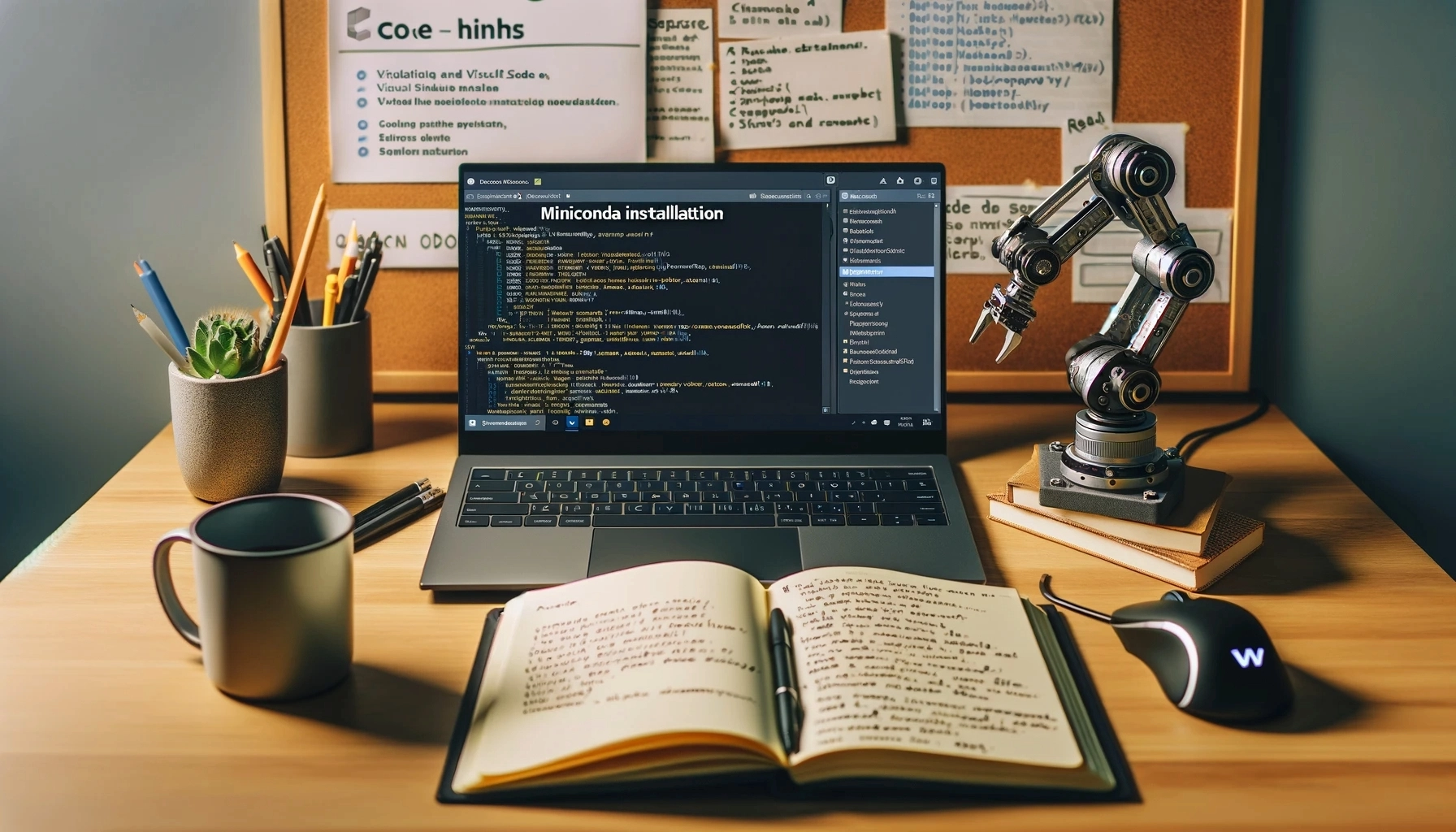Easy RobotPy Setup with Miniconda
Learn to set up a RobotPy development environment with Miniconda. This guide offers step-by-step instructions for installation, activation, and code testing.
Intro
In this post, we’ll look at setting up a development environment for RobotPy using Miniconda. You should follow the directions below and have a basic working RobotPy dev setup with minimal effort. Let’s get started.
- Download and install Miniconda from this page.
- Open a terminal with the cmd command
Create an environment with Miniconda
1
conda create --name robotpy python=3.9
Activate the environment
1
conda activate robotpy
Install the robotpy libraries and dependencies
1
pip install --upgrade robotpy[all]
- Create a folder for your source code
- Create a test file in the folder and copy in one code from one of the example files here
Test the code
1
python robot.py test
Run a simulation with the code
1
python robot.py sim
Closing the loop
If you followed the steps above you should now have a working dev environment ready to use when writing and debugging your RobotPy code. For tools for writing the code, I would recommend starting with Visual Studio Code, if you’re looking for directions on how to update your RobotPy environment check out my post on updating robotpy. If this post was helpful please consider supporting this blog by click the “Buy me a coffee” button below. Have fun and watch for more as the FRC season continues, till then fair winds and following seas.
